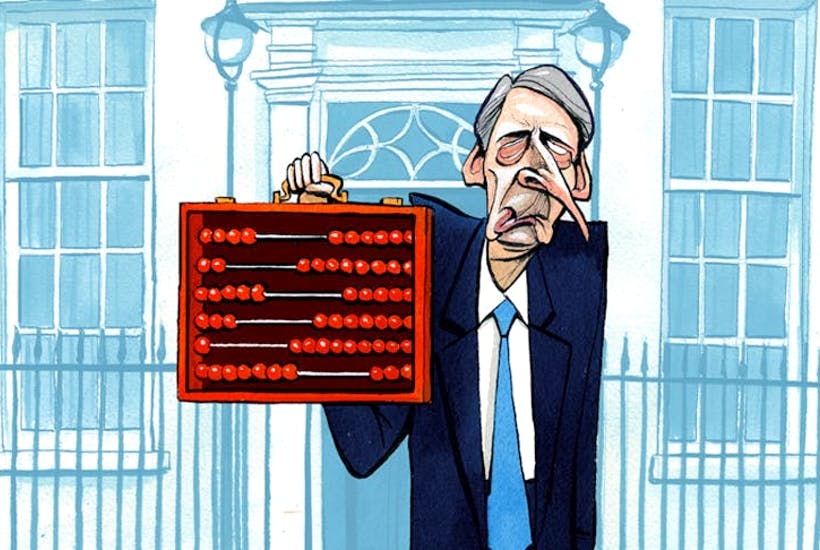Until a year or two ago, if you’d asked me to describe the archetypal Conservative, I’d have sketched out someone who looked a lot like Philip Hammond.
Hammond is a self-made man who made a small fortune in several areas of business. He represents a seat in Surrey. He drives a Jag. Politically, he’s small-c conservative: sceptical of radical change and of government intervention, a committed fiscal hawk who instinctively resists the sort of spending spree his party is currently engaged in.
Socially, he is no liberal: though he accepted it in the end, he was a Cabinet sceptic of the push for gay marriage, fearing the change would upset many Tory-inclined voters.
And as of midnight tonight, Hammond will leave the Commons never to return. Having served as Conservative defence secretary, Conservative foreign secretary and Conservative chancellor, he has accepted he now has no place in the Conservative party.
Why? Because he took a different view of Brexit to the one taken by Boris Johnson – and for no other reason.
We live in a time of symbols and portents, events and acts that represent big trends and movements. But even by the standards of the age, this is a remarkable and telling development.
A Conservative party that has no place for the likes of Philip Hammond has changed fundamentally in just a few years. The consequences of that change will be felt for years to come.







Comments